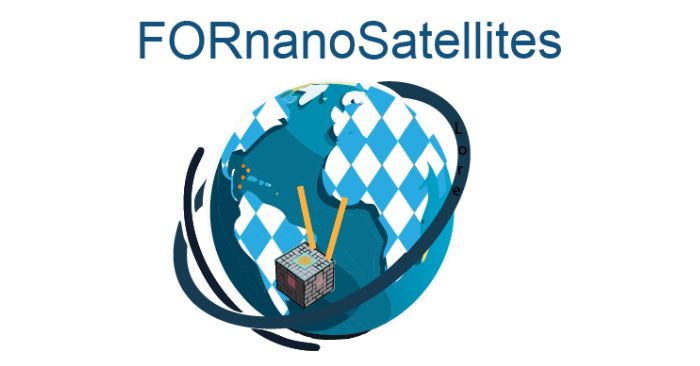
New research association of the Bavarian Research Foundation ‘FORnanoSatellites’: 1.8 million euros for satellite research

Nanosatellites – key technology in the New Space sector
Nanosatellites are tiny satellites, the size of a shoebox and weighing only a few kilograms. In the New Space sector, nanosatellites are opening up a wide range of cost-effective applications in telecommunications, Earth observation and navigation. They often work together in multi-satellite constellations. Standardisation approaches will support the cost-effective production of hundreds of satellites in the future, making them economically attractive for industry and science.Technological focus of the project
Technological focus of the project
The research association FORnanoSatellites, consisting of five scientific institutions and 15 companies, is investigating new technologies that are suitable for the long-term establishment of small series production of nanosatellites in Bavaria. The research challenges are:
- A suitable computer architecture for data processing. RISC-V and FPGA processor technologies, which have already been used by NASA and ESA in large satellite projects, are to be developed for nanosatellites.
- A new assembly and interconnection technology for components to increase the compactness of nanosatellites. A chip stacking technology will be developed for this purpose.
- Ensuring reliable operation under harsh space conditions (including radiation and extreme temperatures). This will require appropriate hardware and software redundancy concepts.
- Introducing a high-performance optical communication for nanosatellites.
- Standardisation of software and the logical separation of real-time operating systems and middleware for nanosatellites
- User-specific design of nanosatellites using a web configurator.
Nanosatellites specific applications
The performance of these approaches for nanosatellites will be demonstrated in exemplary applications such as real-time weather forecast data provided via the Internet, water monitoring and the transmission of warning signals for air traffic.
Source: Chair of Computer Science 3, Friedrich-Alexander-Universität Erlangen-Nürnberg (FAU)
Contact
Prof. Dr.-Ing. Dietmar Fey
Chair of Computer Science 3 (Computer Architecture)
Friedrich-Alexander-Universität Erlangen-Nürnberg (FAU)
Email: dietmar.fey@fau.de




